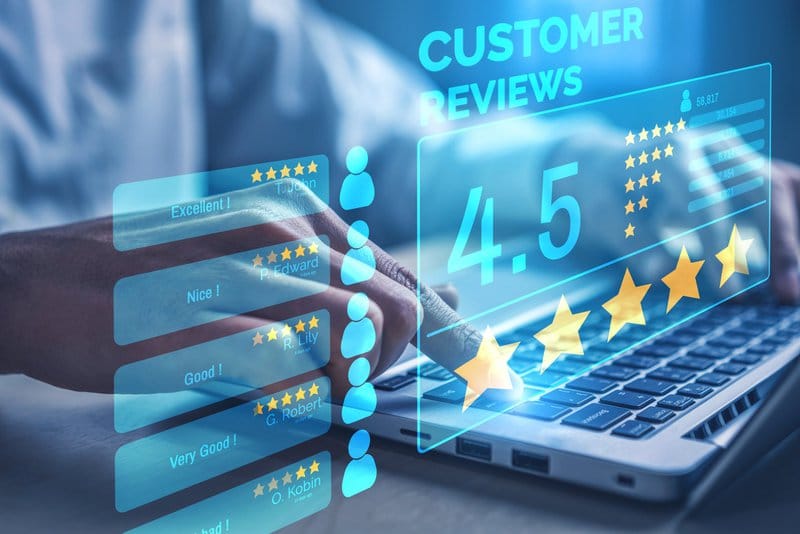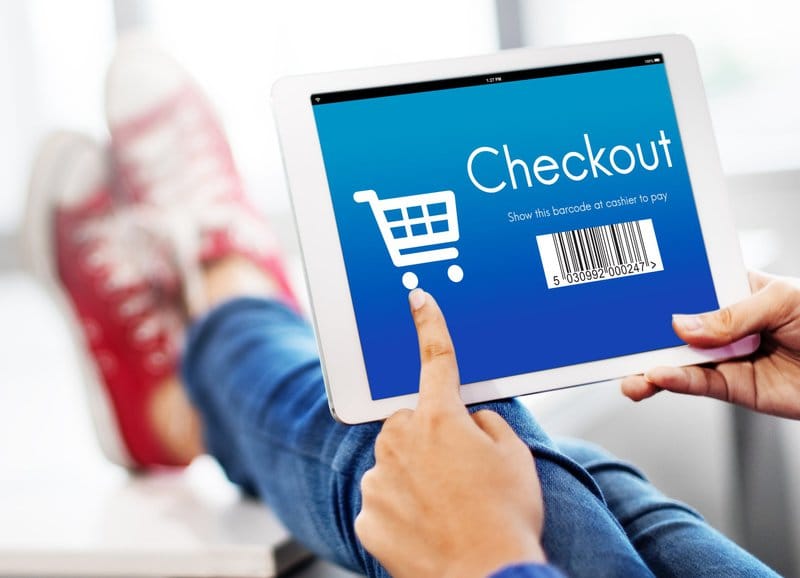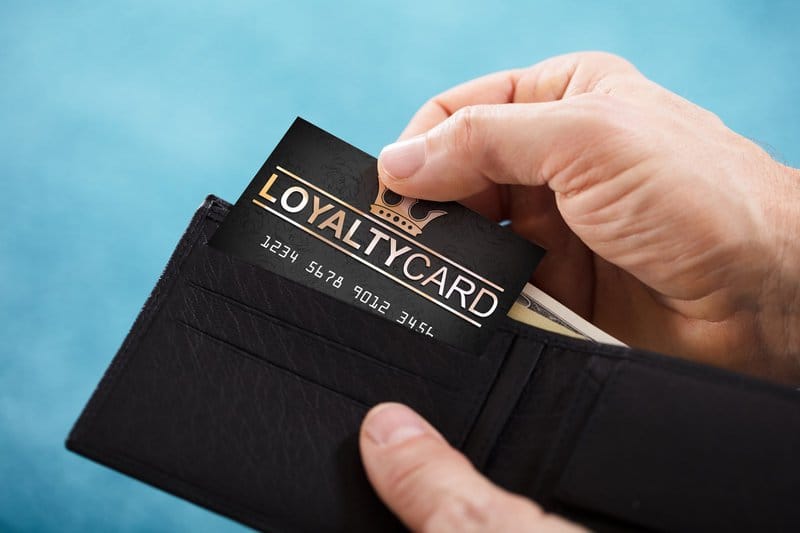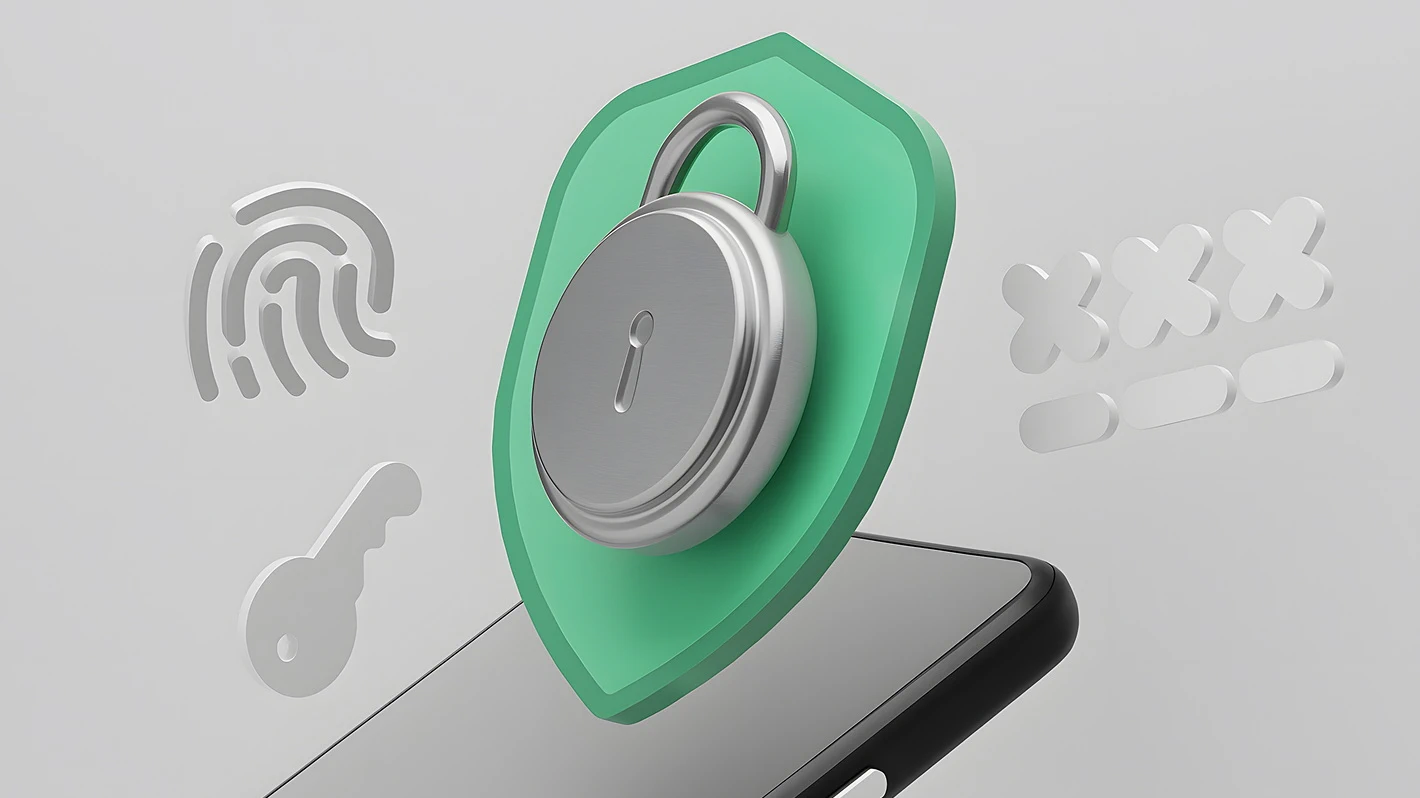Whether you are conscious of it or not, every single interaction a potential shopper has with your brand contributes to their overall opinion of your company. Positively or negatively—every exchange with your support team, products, services, and brand image actively contributes to their customer experience (CX).
A customer’s journey with your brand may start when they first see an advertisement or social media promotion. From there they likely visit your website, and the journey begins. Through purchasing, direct contact with your call center, delivery, and using the product, the customer is in constant interaction with your brand. And their experience may continue after the exchange, with a repeat purchase or a customer care agent.
From the very first exchange, the customer begins developing a perception of your brand. But no matter how good that first impression is, if you drop the ball on delivery or after-sales care, you could ruin their positive perception and drive them to competitors. That’s why it’s important to start off strong, but also follow through.
Creating consistent positive customer experiences can lead to repeat purchases, loyal customers, and brand advocates. When things go wrong, customers are generally forgiving if you go to the necessary lengths to rectify the problem and apologize in a timely manner. Every customer you keep is a valuable long-term asset to your business.

In the same way that a positive customer experience can boost customer advocacy and loyalty, poor CX can destroy your business. Considering how easy it is to share negative feedback publicly online, businesses must take extra precautions to avoid bad reviews from causing a snowball effect and deterring other prospective buyers.
On the other hand, stellar customer experience provides a competitive advantage. Many consumers don’t mind paying a little more for an exceptional customer experience. Increase your market share by providing a superior CX compared to competitors.
The best way for brands to create superior CX is proactively meeting customer needs by optimizing each touchpoint to exceed expectations. These touchpoints may include online ordering, parcel tracking, instruction manuals, and service agent interactions, among other steps.
Ensuring continuous and extraordinary CX across the board requires understanding your customer’s wants, effective internal and external communication, and a collaborative team. This is no simple feat. Here are six tips to help you create amazing customer experiences that continue to evolve with client needs.
Understand Your Customers
Before you can access your customer’s needs, you need to know who your customers are. Creating buyer personas is the process of identifying the demographics and needs of your ideal customer. It will also be beneficial to identify a persona of the type of customers you do not want. For example, companies that market subscription-based products will want to avoid clients with one-off requirements.
Understanding what motivates purchase behavior allows you to formulate marketing, content, products, and services with precision. Buyer personas also help you spend time and resources more effectively on qualified prospects.
If you are selling baby care items, for example, you might not approach marketing in such a formal, business-like manner. Instead, you want to tap into the concerns of a new mother wanting to protect and care for her child. Your brand should present an emotional understanding of the responsibility of motherhood, wanting the best for your child’s health, and how your brand can meet those needs.
When identifying your buyer persona, consider the following characteristics:
- Age. The way consumers respond to marketing messages and the channels used to reach them may vary greatly depending on age. Preferences and priorities will be very different for Gen Z than for Baby Boomers.
- Life Stage and Interests. Your target audience may also be less age-specific and more focused on the life stage of your consumer. For example, first-time homebuyers might be in their 20’s, 30’s, or 40’s. However, different groups will search for different qualities if they are starting a family versus downsizing. When creating your buyer persona, consider the customer’s level of education, hobbies, relationships, and family status.
- Income. Determine whether your item is geared towards high-, middle-, or low-income consumers. A luxury product will be marketed very differently from basic necessities. Create different buyer personas according to income levels, and the various products you offer for each.
- Location. Your target audience might be local, national, or global. The location of your ideal buyer may bear relevance for shipping reasons, collection, delivery, in-house service. It will likely also determine your biggest competition.
- Lifestyle: Customers who prefer premium brands have specific preferences. Knowing what these are and why they are popular will help your sales strategy.
- Behavioral Patterns and Decision Drivers: Gaining insights into consumer purchase behavior can reveal patterns regarding the timing of purchases and increased demand. This can assist in helping you market products or services at the most opportune time, as well as creating loyalty programs.
In addition to their buying behavior, you must also consider the decision drivers behind their purchases. Does your customer value price, quality, or peer influence when it comes to choosing a product? Other decision drivers may include accessibility, lack of alternative choices, urgency, loyalty, and compatibility.
Clearly identifying a buyer persona will help you determine what your market share potential is, and whether there is a need to redefine or expand your product or service to make a clear connection between consumer needs and the solutions you offer.

Strengthen Emotional Connections With Superb Engagement
Customer engagement refers to the number of effort customers put into a product, brand, or company by promoting it amongst their peers, leaving positive reviews, and taking part in brand initiatives. Strong engagement will boost CX and contribute to loyal buying behavior. In a world where consumers are inundated with ads everywhere they go, word-of-mouth recommendations have become increasingly influential to buyer behavior—making brand advocates a valuable asset.
Use all the channels at your disposal to connect with customers and enhance engagement—be it social media, websites, email, newsletters, and so on. Personalizing content based on customer data provides further avenues for individual marketing. However, large enterprises often struggle with the complexity of managing and integrating these diverse channels. Adopting a headless CMS for enterprise can overcome these challenges by providing a flexible, scalable solution that unifies content management across all platforms.
Fostering long-term customer relationships means building consumer trust. Consistent, empathetic, individualized service and quick response times show your customer that you are as committed to them as they are to you.
Loyal customers give valuable feedback by participating in surveys, are actively engaged in your social media, and do not actively look for competitor products. When hiccups inevitably arise down the line, a loyal customer will be more forgiving if you have otherwise delivered consistently positive service hitherto.
Improve Your Communication Channels
With so many channels available for consumers to connect with businesses, it is important to understand and cater to your base’s preferred avenues. However, maintaining messaging consistency across all these channels is equally important. The first impression, regardless of the channel, will set the stage for what they can expect from you. Thus, you want all your channels to be equally engaging and professional.
Multichannel communication uses more than one channel to reach customers. However, at its most base level, multichannel operations don’t necessarily entail all of these avenues working in tandem. Oftentimes, these channels might all stand separately from one another. As an example, consider a billboard and website, which do not communicate with each other. Although they may convey some of the same information, they are standalone channels, each with a different role and aesthetic for increasing brand awareness.
Cross-channel communication follows as the natural next step. With this model, the various communication channels are connected, conveying information between each other. Cross-channel marketing or communication could involve a buyer receiving an email after making a purchase to rate their experience. The email might then integrate a coupon for use with their next purchase. The channels cross over by initiating a survey based on a purchase, emailing the survey, and linking a coupon code.
The third (and most advanced model) is omnichannel communication. In this model, multiple channels are used to interact with customers at the same time. Channels are integrated to create a smooth communication experience, so customers don’t have to keep repeating themselves just because they (or the business) switched channels.
For example, a customer may engage in a live chat with a service consultant. To effectively deal with the problem, the interaction then moves over to a video chat. Since the channels are integrated, the customer does not need to repeat everything discussed in the initial chat.

Prioritize Convenience
A National Retail Federation survey revealed that 97% of shoppers have abandoned a purchase due to a lack of convenience. This highlights the power that providing a convenient and efficient service has to make or break your business. With alternative options sometimes only a click away, convenience really is king.
Prioritizing convenience should not only apply to the initial purchase, checkout, and payment, but also to customer service and query resolution. It involves improving access to shopping, inquiries, and obtaining information during and after business hours. Addressing customer concerns in real-time improves customer experience and decreases frustration.
A positive purchase experience builds brand credibility. As customers are often willing to pay more for convenience, prioritizing this in your business strategy has the power to engage loyal customers and brand advocates. Furthermore, to connect with these audiences effectively, it’s essential to invest in an SEO strategy that keeps your brand visible and relevant to customer searches.
Use AI to Improve Customer Experience
AI-enabled interactions between customers and businesses have become key in improving CX. Think include chatbots, facial recognition, digital assistants, and biometric scanners—there are myriad options out there to improve operations.
Conversational AI provides faster and more convenient personalized experiences. It alleviates hold wait times, business hour limitations, repeating the same information to different service agents, and clicking through numerous pages to find needed information.
Besides eliminating pain points in the customer’s purchase journey, AI can also prove a handy data-collection tool. These automatically gleaned insights can then help your business make accurate predictions and decisions accordingly.
Helpware can assist in digitally transforming your business and its processes to drive growth. Helpware’s Data Gathering services consolidate data from a variety of sources, including full-stack integrations, platform connectors, and custom API. By providing the right technology—paired with the right human interaction—your data will start working for you, empowering your brand to make better decisions and offer exceptional customer experiences.

Reward Loyal Shoppers
Customer relationships are most successful when both the business and customer feel the benefits. Show your customers your appreciation for their support by giving them something in return. Loyalty or rewards programs are a great way to do this, while also enlisting customers as repeat clients.
By offering a customer a reward for their loyalty, whether it’s custom patches or exclusive discounts you improve retention and increase customer lifetime value. This can lead to stronger customer relationships, differentiate you from competitors, drive customer satisfaction, and ultimately boost revenue.
Customer Experience Transformation Starts Here
As the recipient of over 26 customer experience leader awards, Helpware is a leader in crafting intimate, consistent customer experiences. Offering fully integrated business process outsourcing including call center, live chat, technical, IT, and email support, Helpware allows you to connect with customers where they are.
Helpware offers multilingual support and tech solutions tailored to your business needs. With a proficient, skilled, and empathetic support team, you can be certain of top-notch service across all your platforms. Dynamic cross-platform integration also drives personalized interactions at every step to transform your CX workflow.
Reach out to a Helpware representative and explore solutions to enhance your customer experience efforts and set your brand apart from the competition today.













